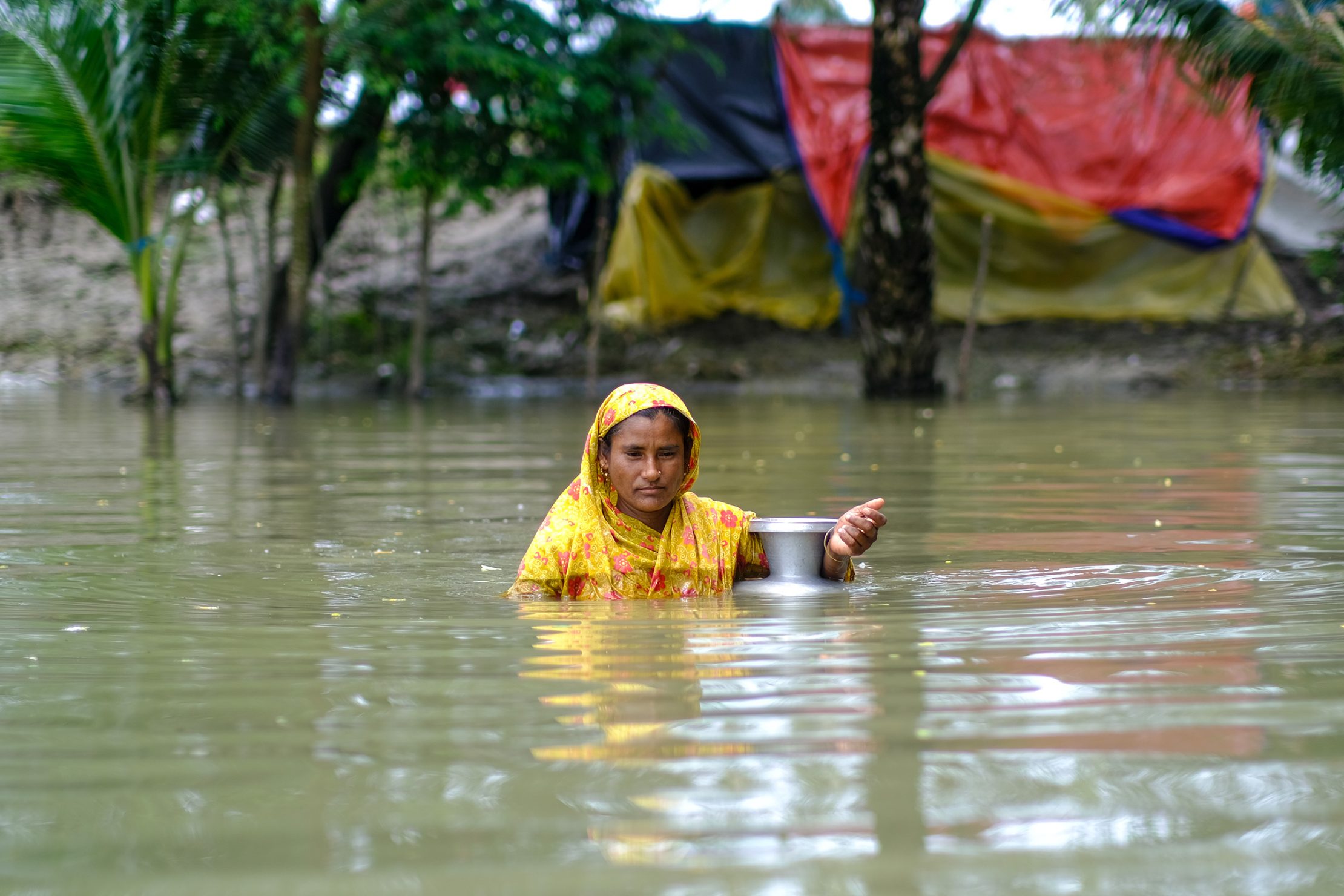
Climate change tends to magnify existing divides in society, with women and men experiencing its impacts in different and unequal ways. Photo: UNDP Bangladesh
As extreme weather events become more frequent and intense because of climate change, the ability to anticipate them before they strike is crucial for saving lives and safeguarding economies.
At the core of this capability lies climate information – data collected from weather stations, gauges and sensors that is then transformed into knowledge about climate trends, vulnerabilities and impacts. This knowledge forms the backbone of reliable weather forecasts, early warning systems and climate services for sectors from agriculture to healthcare.
The value of climate services extends well beyond immediate alerts. Over the long term, it underpins risk-informed development and adaptation planning, by providing countries with the evidence they need to set priorities and strengthen their capacity to respond to climate change impacts.
Despite this proven value, investment in climate information services and early warning systems remains far too low. Yet the case for action is clear: early warning systems are among the most cost-effective climate adaptation measures available, delivering up to a tenfold return on investment. A 24-hour warning of a storm or heatwave can reduce damage by 30 percent. An investment of US$800 million in early warning systems across developing countries could prevent annual losses of $3–$16 billion.
The economic benefits extend even further. In weather-sensitive sectors such as agriculture, fisheries, energy, transportation and disaster risk management, improved observational data and climate advisory services can unlock over $160 billion annually in global economic gains.
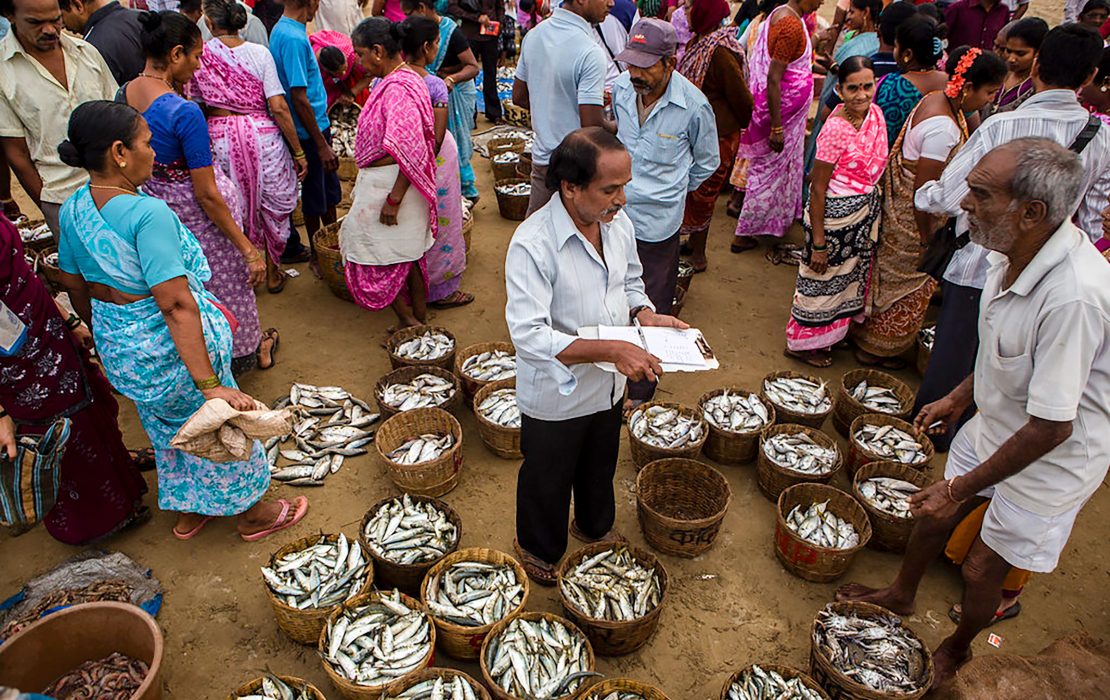
Photo: Prashanth Vishwanathan/UNDP India
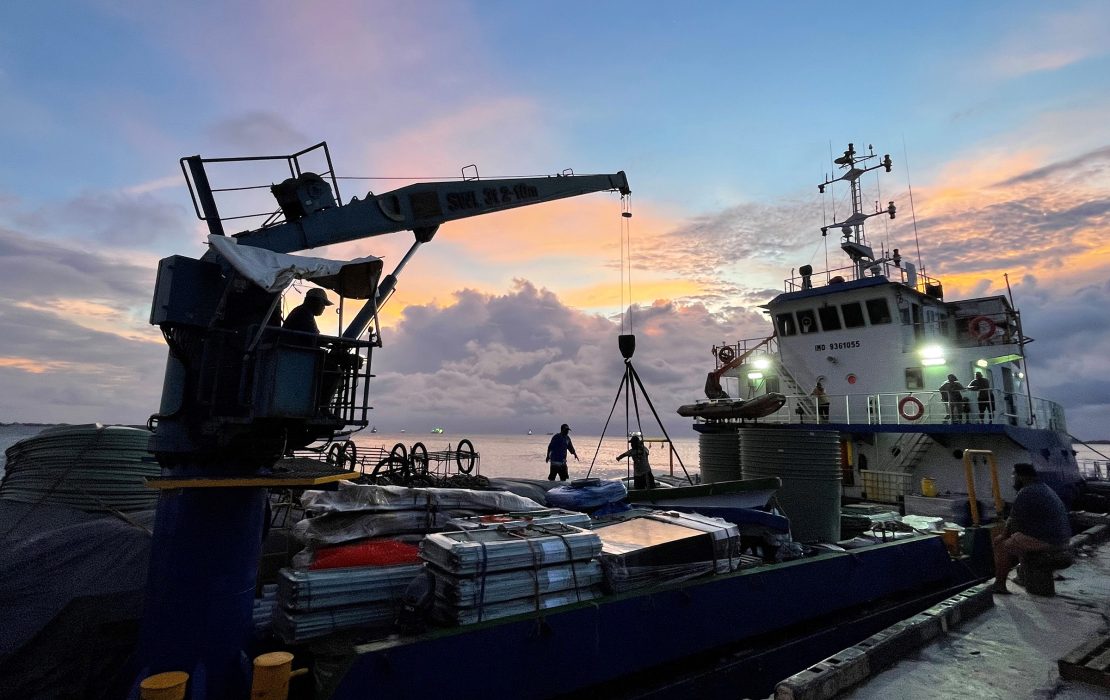
Photo: UNDP Pacific Office in Fiji
The emerging priority of climate information services and early warning systems
Countries are increasingly recognizing the critical role of climate information and early warning systems in their national climate plans and strategies. These systems are now featured as core priorities in many Nationally Determined Contributions (NDCs), National Adaptation Plans (NAPs) and disaster risk reduction and climate investment frameworks.
Governments are ramping up investments in observation networks, forecasting systems and early warning infrastructure, acknowledging them as cost-effective, high-impact adaptation measures.
Beyond being standalone priorities, climate information is also shaping the very content and direction of NDCs, providing the foundation for credible, effective climate action. Accurate data allows countries to assess vulnerabilities, identify priority sectors and design targeted adaptation and mitigation strategies. Whether it’s projecting the impact of sea level rise on coastal infrastructure or anticipating shifts in agricultural productivity due to changing rainfall patterns, robust climate information ensures NDCs are grounded in science and tailored to national realities.
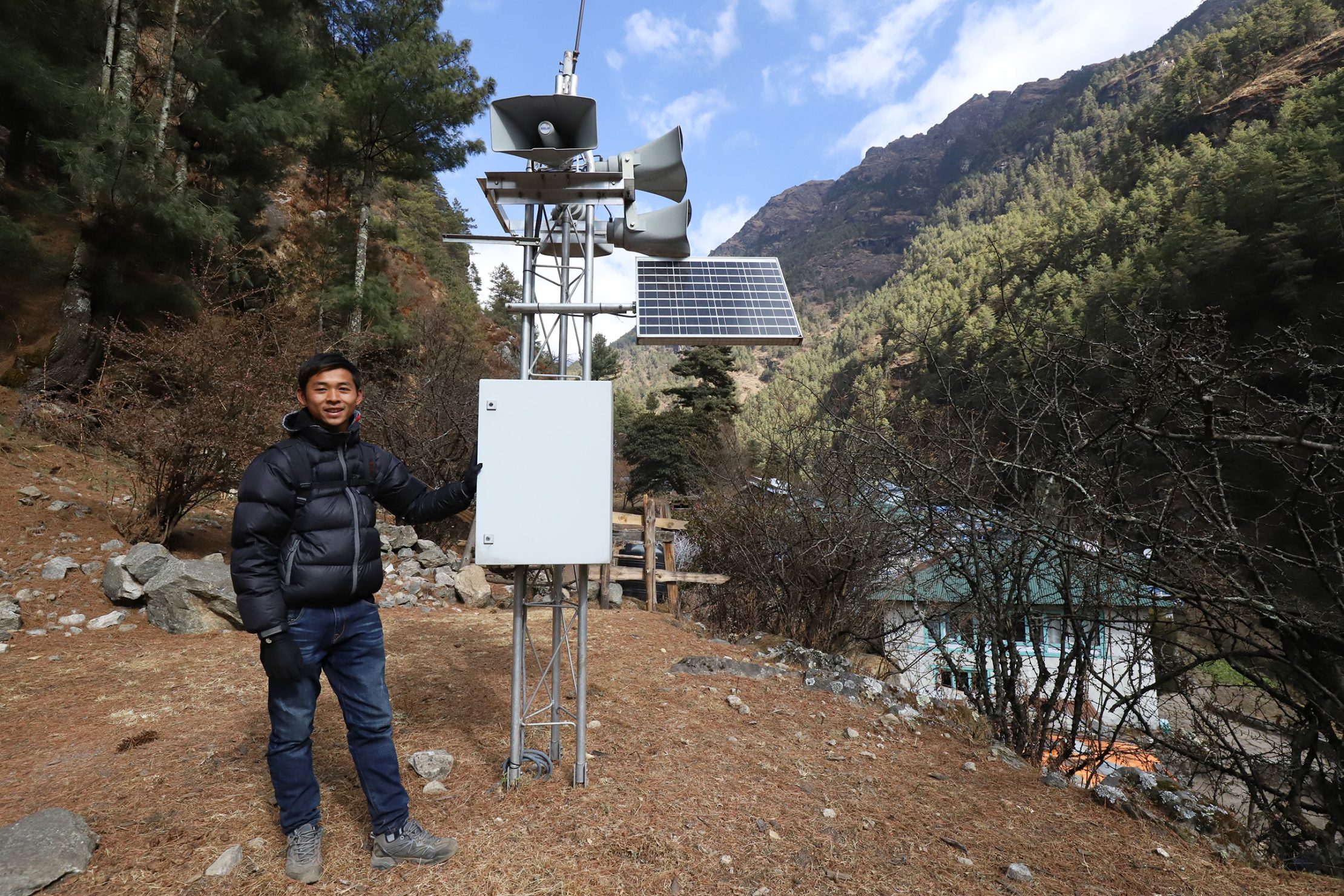
In the latest generation of NDCs, many countries have expanded on the uses of climate information. Nepal, for example, has committed to providing agro-meteorological advisories to all provinces by 2030. Photo: UNDP Nepal
Closing the data gaps in weather and climate data
While most countries have meteorological departments, many developing countries lack the resources, infrastructure and technical capacity to maintain modern observation networks, analyse the data they produce, and apply it effectively in early warning systems and climate policy.
Established in 2021, the Systematic Observations Financing Facility (SOFF) is delivering on the Paris Agreement’s call to strengthen systematic observations by helping developing countries close critical gaps in weather and climate data. The first-of-its-kind, this specialized UN climate fund supports countries with the most severe shortfalls – Least Developed Countries (LDCs) and Small Island Developing States (SIDS) – with grant-based finance and peer-to-peer technical assistance. SOFF’s phased approach of readiness (planning), investment (implementation), and compliance (sustained operations), ensures systemic upgrades in countries align with Global Basic Observing Network (GBON) standards, long-term.
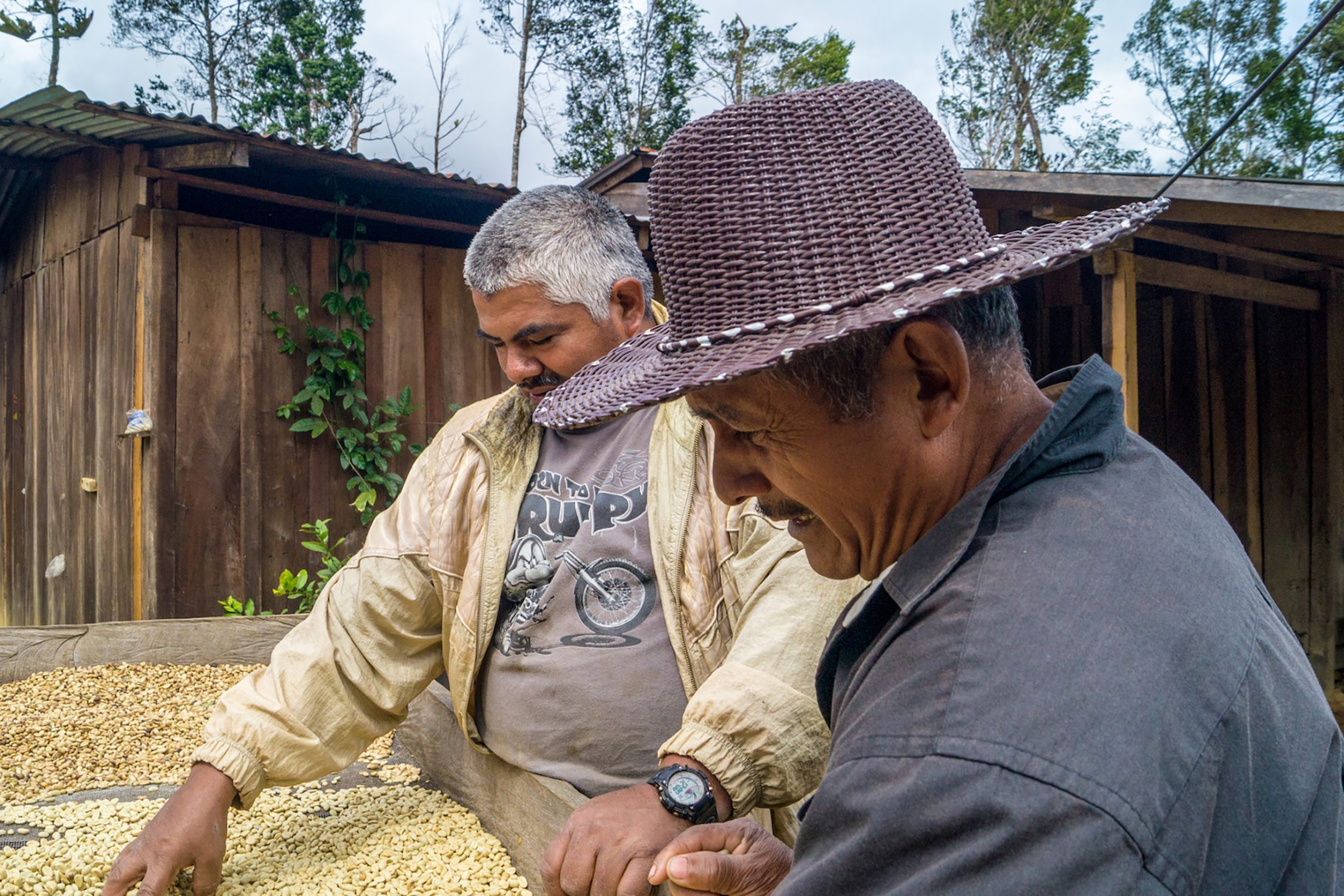
SOFF, a UN climate fund established by the WMO, UNDP and UNEP, is built on the principle that climate information is a global public good. By strengthening local early warning systems, countries not only protect their own populations, but they also enhance the accuracy of global forecasting systems. Such investment is a lifeline for economies that are heavily dependent on climate-sensitive sectors such as agriculture. Photo: UNDP Honduras
Progress is already underway. For example, Ethiopia, Rwanda, Tanzania and the Solomon Islands have emphasized the importance of climate information and early warning systems in their NDCs and collectively secured more than $30 million from SOFF to address significant gaps in their observation infrastructure and capacity. They are also receiving technical assistance through advisory support from peer advisors such as Norway, Finland, Denmark and Australia.
Rwanda, among the first countries to receive support from SOFF in 2023, has upgraded three GBON weather stations with high-tech sensors, data loggers and new software. This has helped improve data quality, reliability and automation, and enable global data exchange in real-time.
Tanzania is nearing completion of three new upper-air station buildings, while Ethiopia has trained more than 100 meteorological staff, with 13 new and 16 upgraded weather stations on the way and upgrades to upper-air stations and calibration facilities to follow. With advisory support from MET Norway, the country is well on the way to meeting GBON standards and contributing vital data to the global observing system.
Major investments from other partners are also reinforcing efforts to improve climate information and early warning systems. One of the largest is a $103 million grant from the Green Climate Fund (GCF) to scale up life-saving early warning systems in seven of the world’s most climate-vulnerable countries: Antigua and Barbuda, Cambodia, Chad, Ecuador, Ethiopia, Fiji and Somalia. This work is expected to directly benefit 26 million people.
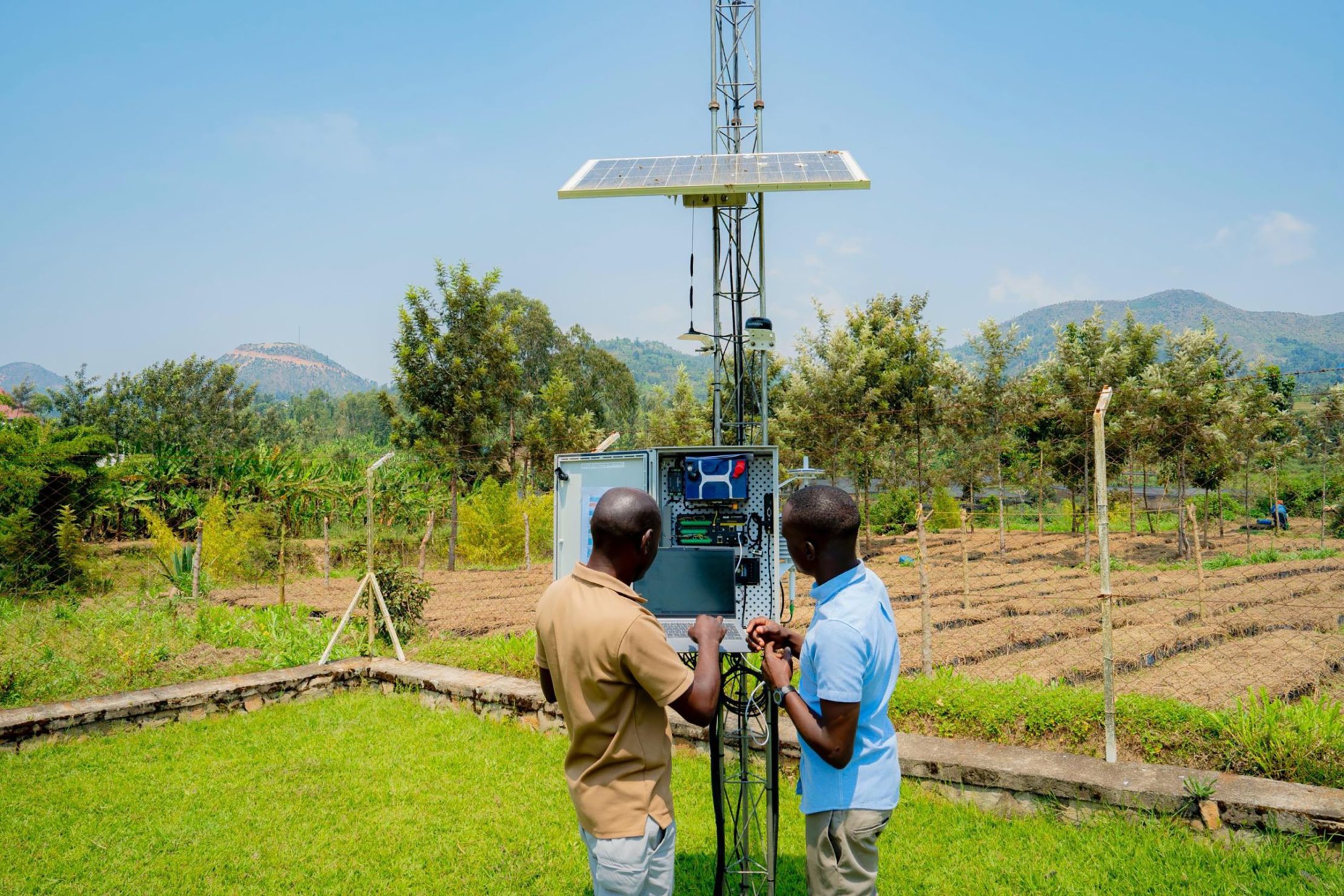
Rwanda has made climate information and early warning a priority in its NDC, upgrading climate monitoring infrastructure with SOFF support. Photo: UNDP Rwanda
Climate information as the foundation for action
Around the world, countries are putting climate information to good use, strengthening early warning systems, providing sectoral services, planning for future risks and helping communities adapt to the impacts of climate change.
In Georgia, a country that has been devastated by repeated extreme flooding events in recent years, modern monitoring equipment and detailed hazard and risk maps are laying the foundation for a new multi-hazard early warning system.
In Uzbekistan, the government has bolstered its national observation capacity with new equipment, software and training, laying the foundation for more reliable climate services. The country has developed its first National Framework for Hydrometeorological and Climate Services, which guides cross-sectoral decision-making.
In northern Pakistan, where sudden flooding from glacial lake outbursts is increasingly threatening mountain communities, an early warning system equipped with high-tech sensors is allowing authorities to monitor dangerous glacial lakes, identify emerging hotspots and issue alerts that give families precious hours to prepare and move to safety. Similarly, Nepal, which has experienced 26 glacial lake outbursts in the past 50 years, is expanding systems to manage growing hazards across the Himalayas.
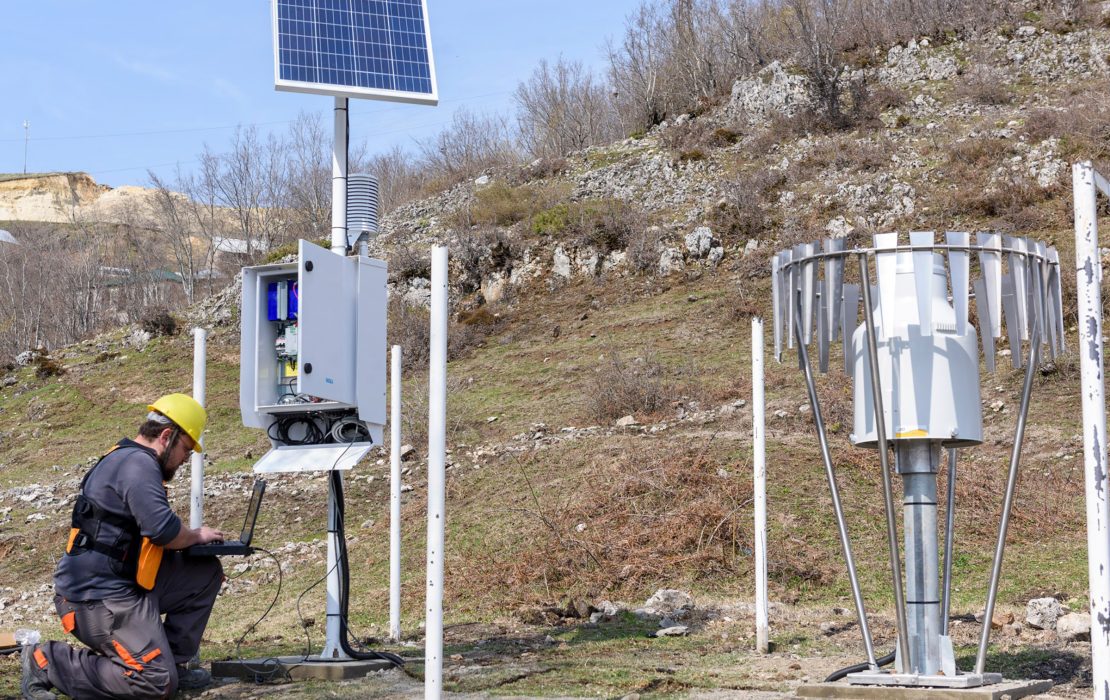
In Georgia, modern monitoring equipment and detailed hazard and risk maps are laying the foundation for a new multi-hazard early warning system. Photo: UNDP Georgia
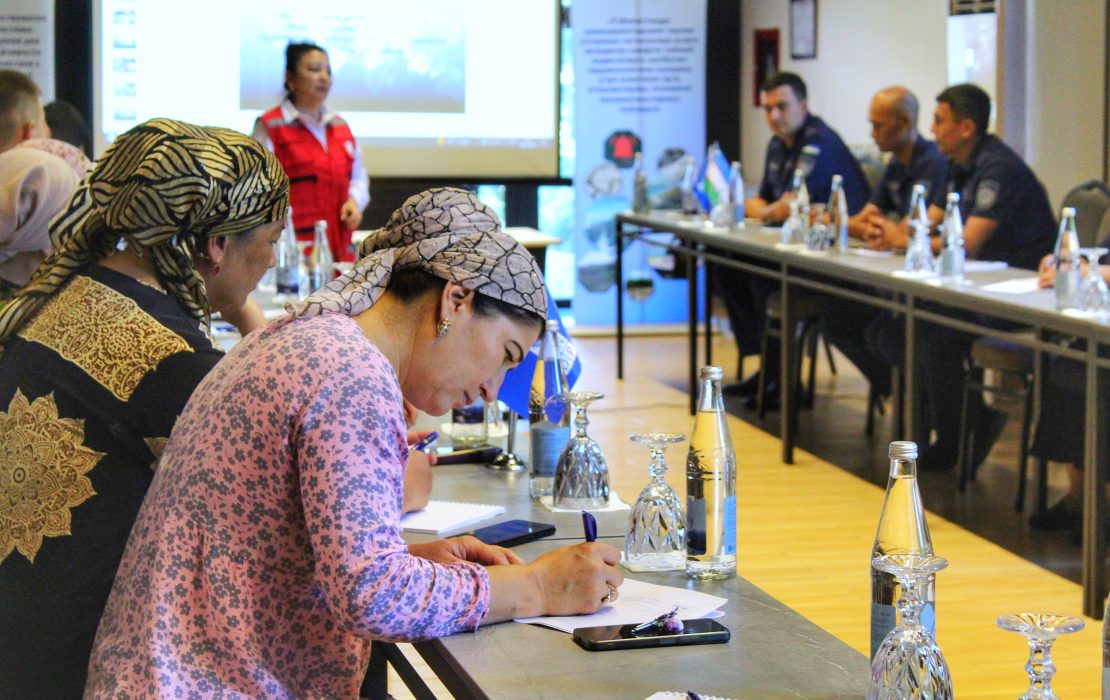
By improving access to reliable climate data, Uzbekistan’s new national framework is turning information into action across the economy. Communities are being trained on how to act before, during and after emergencies. Photo: UNDP Uzbekistan
In Zimbabwe, smallholder farmers are being equipped with tailored weather and climate information and advisories and trained to apply them effectively. This helps them interpret localized weather patterns and apply practical decision-making tools for better crop and livestock management.
In Malawi, over 250,000 farmers are now receiving seasonal advisories on their phones, helping them make informed decisions about crops, timing and inputs. This approach, which is boosting yields and food security in the face of shifting rainfall patterns, is increasingly being replicated in early warning initiatives across other countries.
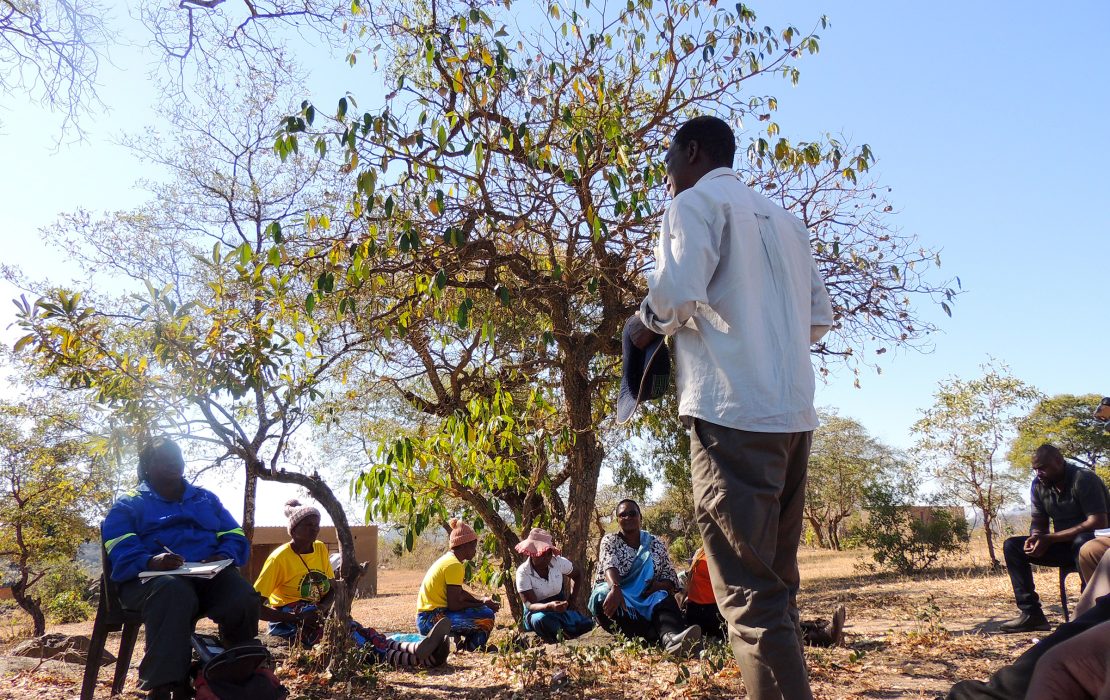
The impact of climate information multiplies when communities know how to use it. In countries such as Zimbabwe and Zambia, farmer field schools are proving effective for sharing forecasts and training farmers to act on them. Photo: UNDP Zimbabwe
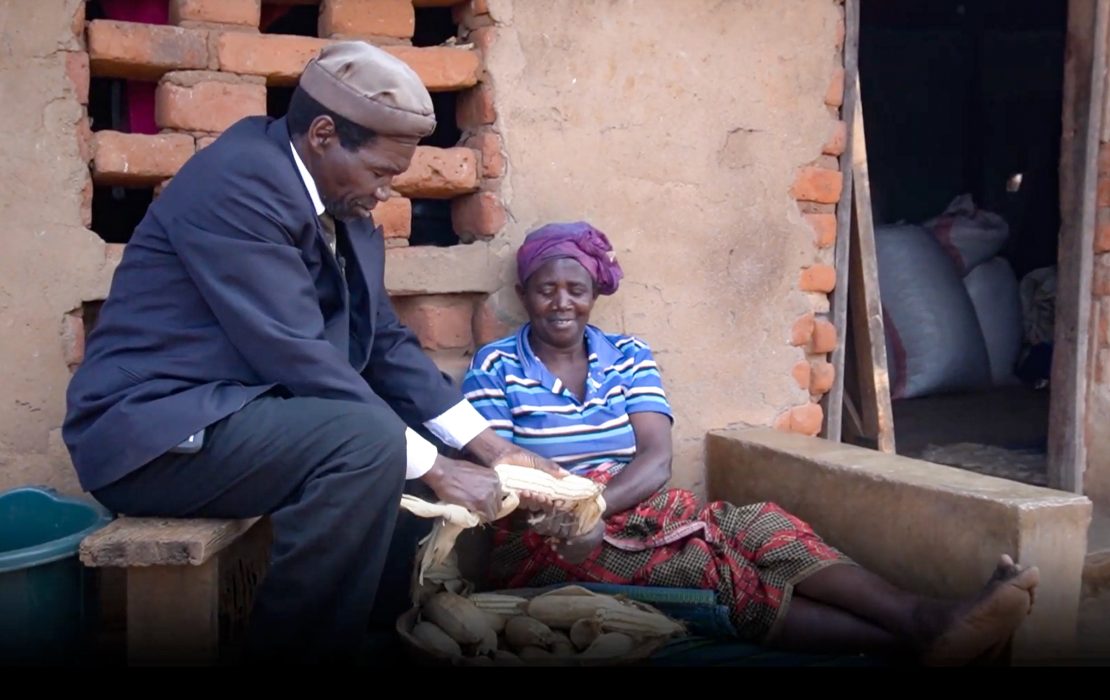
Farmers such as Winston Kanyenda from Malawi are being trained in climate-smart agriculture, adapting their crops and planting schedule to a changing climate. Photo: UNDP Malawi
Climate information and early warning systems save lives and livelihoods
As climate risks intensify, access to reliable weather and climate data is no longer a luxury, it is a necessity. Countries are demonstrating how better information, used well, can save lives, support livelihoods and inform smarter planning. But significant gaps remain, particularly in the countries most vulnerable to climate impacts.
As governments prepare their third-generation NDCs and look ahead to COP30, there is a growing recognition that climate information and early warning systems must be at the core of adaptation efforts. These systems are not just technical upgrades – they are practical, high-impact investments that protect people and economies. With greater support and scaled-up financing, countries can build the foundations needed for more resilient, data-driven climate action.
*
Around the world, UNDP is helping countries strengthen early warning capacities through 43 projects, supported by nearly US$760 million in grant funding from the Green Climate Fund, Global Environment Facility and the Systematic Observations Financing Facility. These initiatives are expanding access to timely climate information and early warnings for 27.1 million people – more than half of them women – enabling communities to better anticipate and respond to floods, droughts, glacial lake outburst floods and rising sea levels.